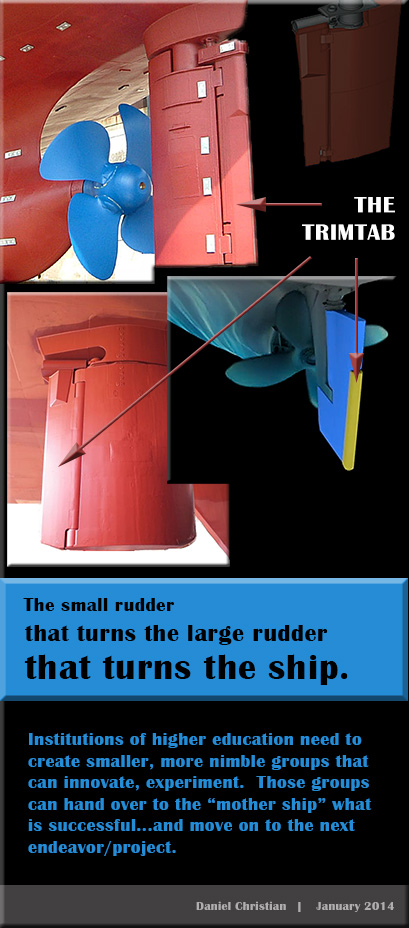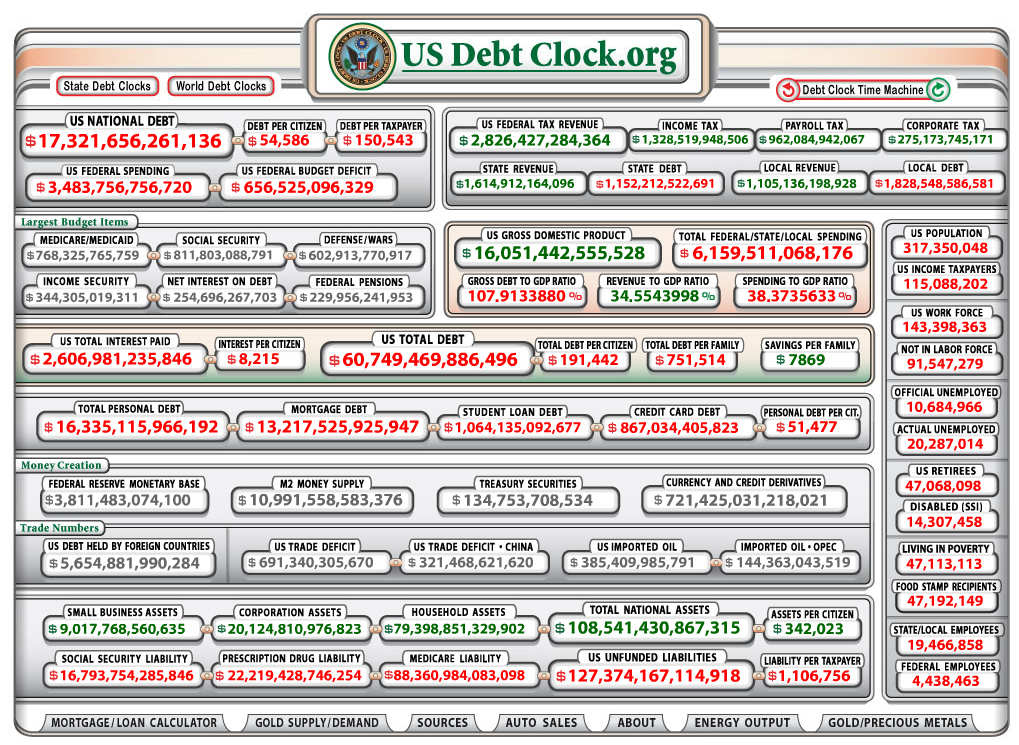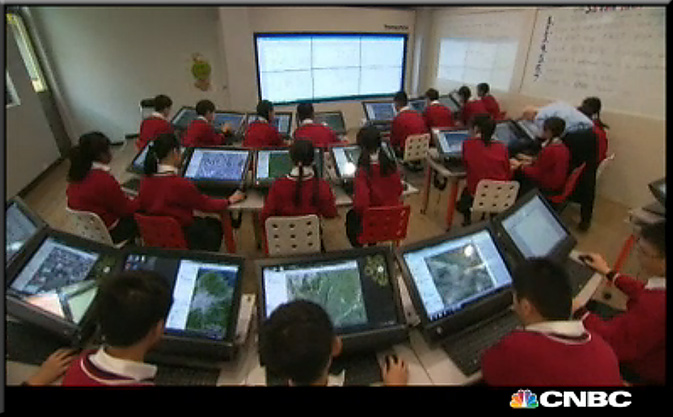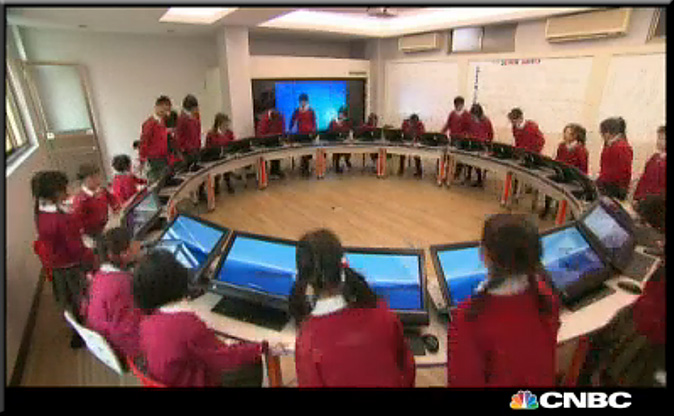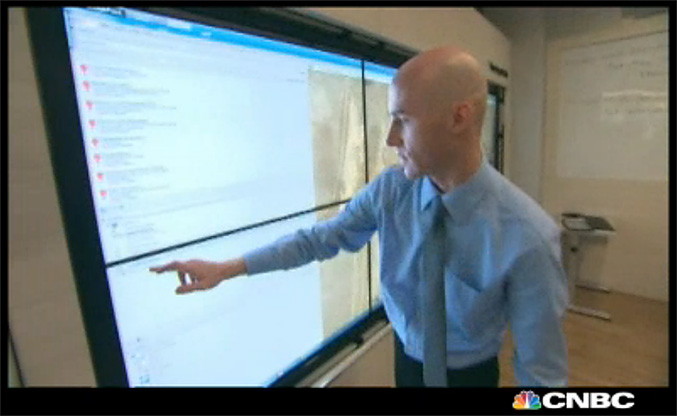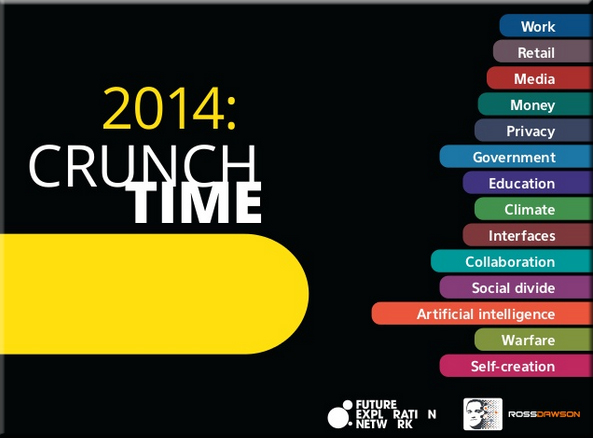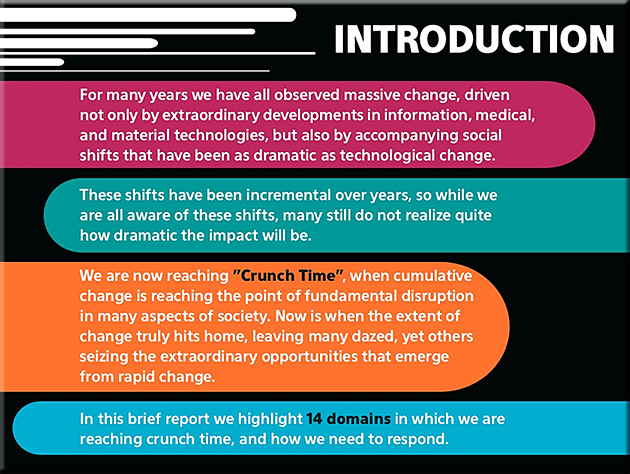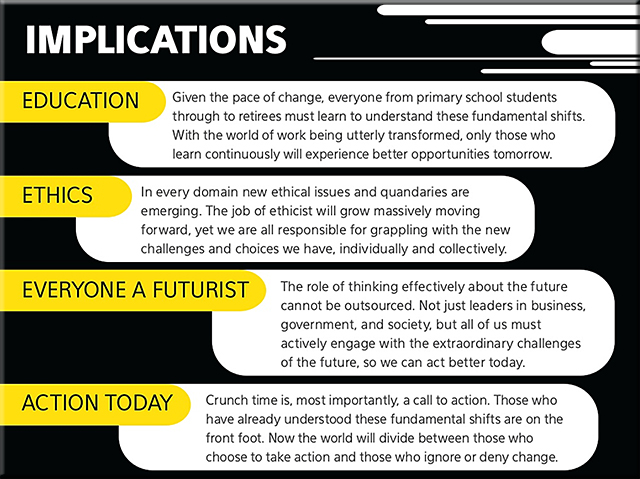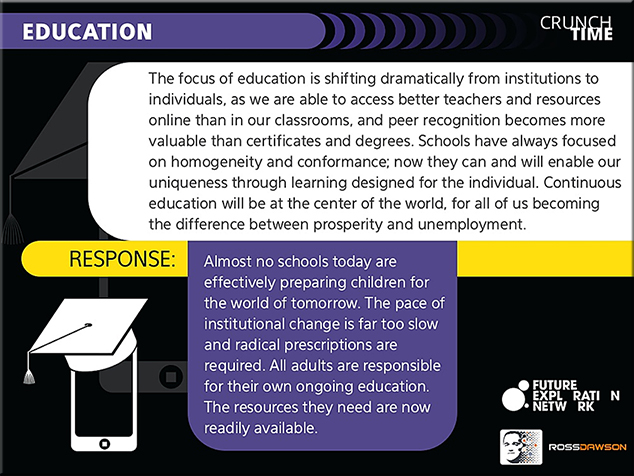The Campus of the Future: Hybrid and Lean — from edcetera.rafter.com by Kirsten Winkler
Excerpt:
When people imagine the campus of the future, two main ideas seem to come up. On the one hand, the campus experience will be blended or hybrid, meaning that even with the majority of learning taking place online, there will still be demand for activities in a classic brick-and-mortar setting. On the other hand, the campus of the future will be more like a technology startup, focused on cutting expenses and running a lean operation.
Three recent articles in Education DIVE, The Times Higher Education, Slate and Inc. underline this trend.
The above article links to:
Internet mentors could supplant traditional lecturers — from timeshighereducation.co.uk by Jack Grove
Horizon Scanning study points to a ‘new kind of pedagogy’ in higher education by 2020
Excerpt:
Traditional lecturers may soon be replaced by networks of online mentors working for several universities, a new study predicts.
In the report, titled Horizon Scanning: What will higher education look like in 2020?, the Observatory on Borderless Education suggests that academic staff are likely to be employed part-time by several universities – often working remotely via the internet – rather than relying on a single employer.
…
With one undergraduate module, Forms of Identity, already taught via video conferencing to students at both institutions, the alliance “may be pointing the way to a new kind of pedagogy”, the report says.
“Undergraduate lectures, for example, may be delivered simultaneously to any number of participating institutions, either across a whole sector or indeed across borders,” it states.
From DSC:
With adjunct faculty members playing a significant role at many institutions of higher education, I could see a scenario like this occurring. In fact, even years ago I knew an adjunct faculty member who sat behind her PC all day, servicing students at multiple universities. I’m sure that this is not a rare occurrence. Plus, we are already above 30% of the workforce working in a freelance mode, with estimations of this going to 40% or more by 2020.
Learning hubs: (how I define it)
Places of blended/hybrid learning whereby some of the content is “piped in” or made available via the Internet and whereby some of the content is discussed/worked on in a face-to-face manner.
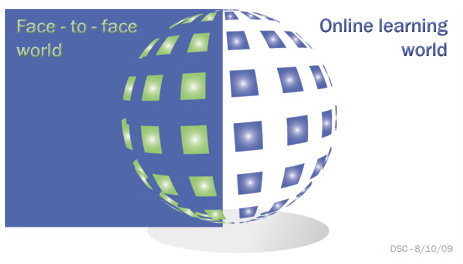
Questions:
- What if learning hubs spring up in many types of facilities, such as in schools, libraries, buildings on campuses, corporate spaces, parks, cafes, other places? How might such a trend affect the possible scenario that there will be online mentors working for several universities?
- Will these mentors make enough to cover insurance costs, retirement costs, etc.?
- Will this be a potential model for lifelong learning? For learning-on-demand?
- How might MOOCs — and what they morph into — affect this type of scenario?
- How might this scenario affect how we teach student teachers? (Will it involve more efforts/endeavors like this one?)
- Could this type of scenario also happen in the corporate world?
Last comment:
- I’m not saying that this sort of setup is better than a seminar-like experience that has a dozen or so students setting down with a highly-trained professor in a strictly face-to-face setting. However, that model is increasingly unobtainable/unaffordable for many people.









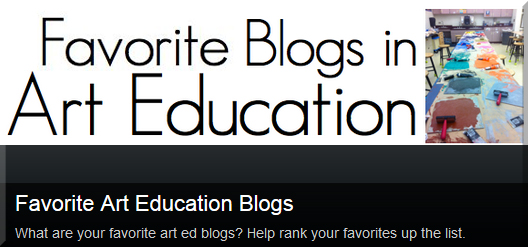
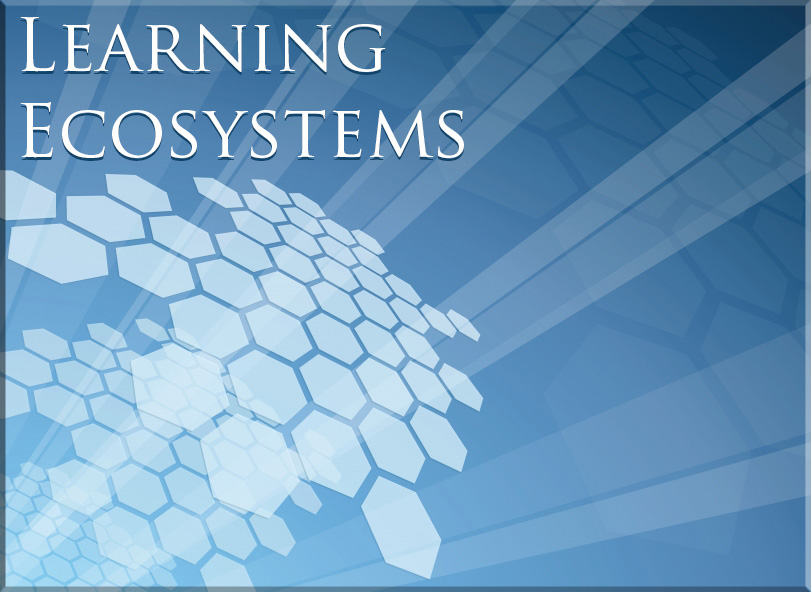
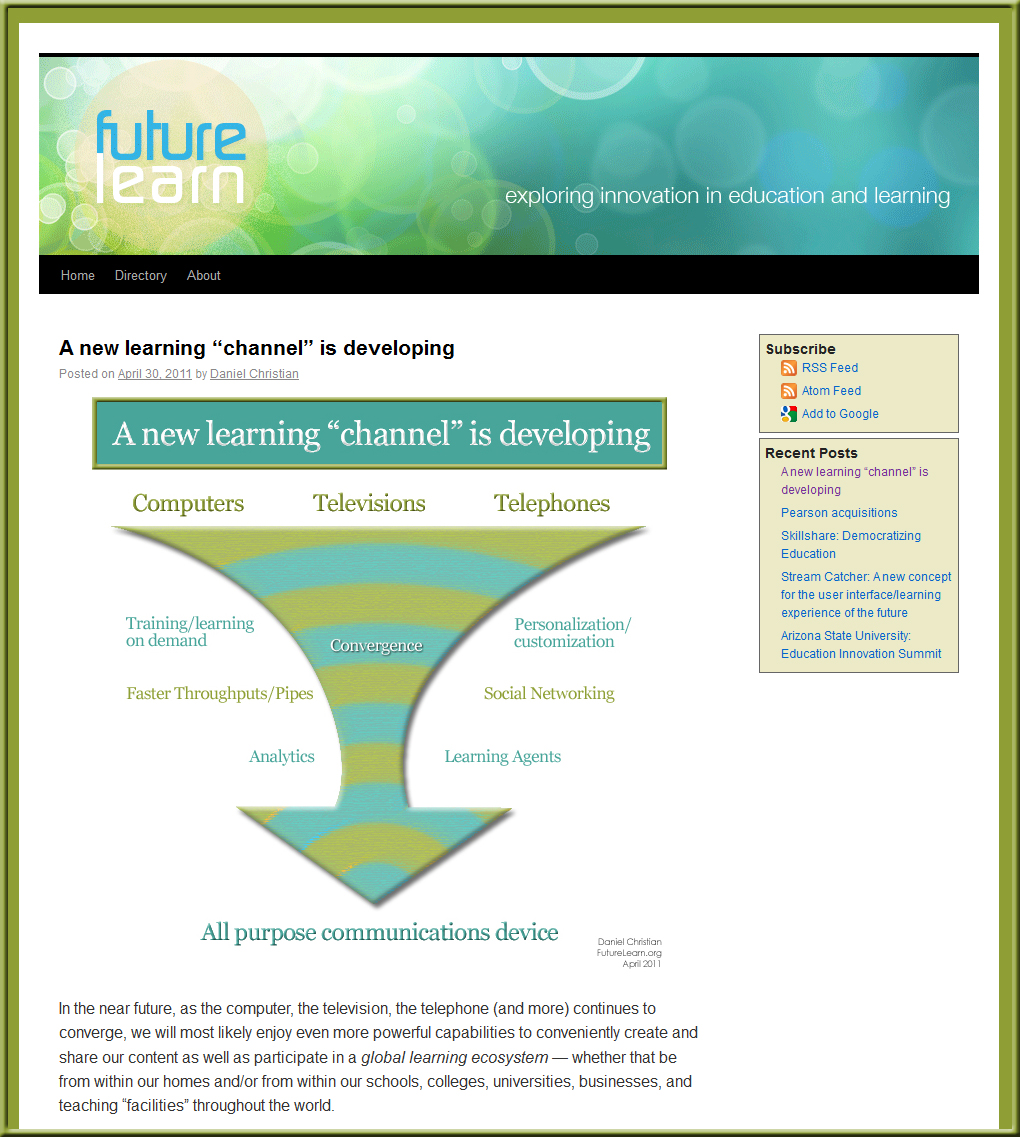
![The Living [Class] Room -- by Daniel Christian -- July 2012 -- a second device used in conjunction with a Smart/Connected TV](http://danielschristian.com/learning-ecosystems/wp-content/uploads/2012/07/The-Living-Class-Room-Daniel-S-Christian-July-2012.jpg)
